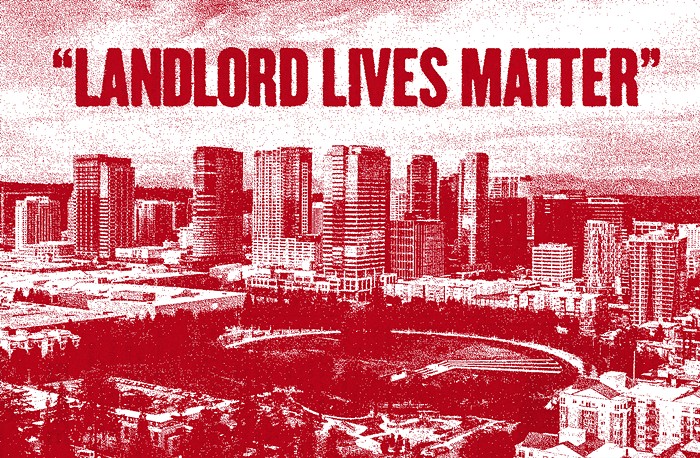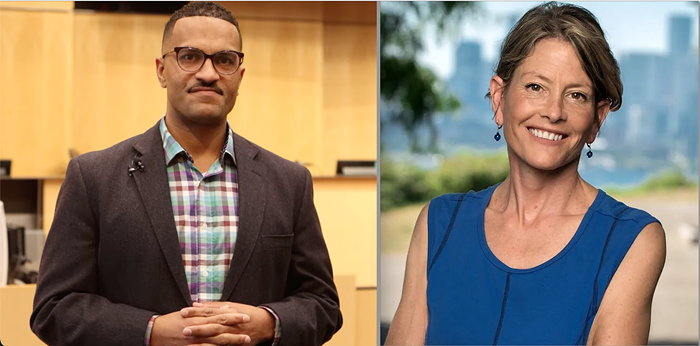
Another new study attempts to answer a perennial question about the gig economy: How much are drivers for ride-hailing apps like Uber actually making?
In Seattle and elsewhere, policy makers have heard very different accounts from drivers about whether they're able to make a living using rideshare apps. An analysis released this week from the Economic Policy Institute, a left-leaning think tank based in Washington, D.C., finds that Uber drivers make between $9 and $12 an hour.
The study also douses some cold water on the idea that the gig economy represents an overwhelming economic trend finding that Uber drivers make up a tiny fraction of the total economy.
"The findings reinforce our skepticism that Uber, and 'gig work' more broadly, represent the 'future of work,'" writes the study's author, EPI Fellow Lawrence Mishel. Instead, Uber drivers' hours and pay make up a "very small share" of total hours and pay. The findings, Mishel writes, "argue for a change in perspective."
In the study, Mishel calculates driver pay after accounting for the fees drivers pay Uber, their expenses, and some benefits like health insurance, which drivers would pay for themselves because they are independent contractors not employees. Driver pay deducting only Uber fees and vehicle expenses averages $11.77 an hour, according to the study. With other expenses, including "the cost of a modest benefits package," drivers would average $9.21 per hour.
That is below the minimum wage in 13 of 20 "major urban markets" where Uber operates, including Seattle, San Francisco, and New York City. Seattle's minimum wage is currently between $11.50 and $15.45 an hour depending on the size of the employer and benefits offered.

Beyond just the minimum wage, Mishel also compares that pay to other low-wage workers like service employees:
One benchmarking exercise is to identify where Uber drivers’ average hourly wage falls within the overall wage scale. The 10th-percentile hourly wage—the wage earned by workers who make less than what 90 percent of all wage and salary workers earn but more than what 10 percent of all workers earn—was $9.54 in 2016 (EPI 2018). This means that Uber drivers, had they been employees and been provided a standard benefits package, would have earned less than what 90 percent of other earners did. However, since Uber drivers are primarily in higher-wage urban areas, this comparison understates how low Uber driver wages are relative to other, comparable workers.
To compare Uber's share of the economy to the economy as a whole, Mishel looks at how much people signed up as drivers on the app are actually working.
"I have long been skeptical that Uber or 'gig work' represents the 'future of work' ever since it was clearly established that most Uber drivers do not drive as their main source of income, but instead do so to supplement other income sources," Mishel writes. This echoes the debate here in Seattle, where union-affiliated drivers often depend on Uber for their entire income, while others who are more sympathetic to Uber use it as a side gig.
According to the study, Uber drivers on average work three months of the year and just 17 hours a week. With 833,000 Uber drivers in a year, that works out to 90,521 full-time equivalent workers or just .07 percent of national full-time employment.
If Uber makes up two-thirds of the gig economy, as research from Princeton University has found, then the entire gig economy accounts for .1 percent of national full-time employment, according to the study. (Uber is notoriously withholding of data about its workforce. According to the EPI study, the total Uber driver count comes from newly available Uber data used in a recent Stanford study about the gender gap in the gig economy.)
Much more about how Mishel got to these findings in the full report here.


















